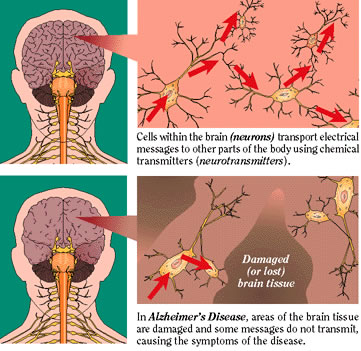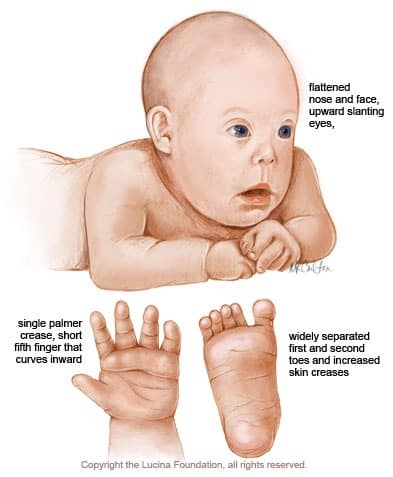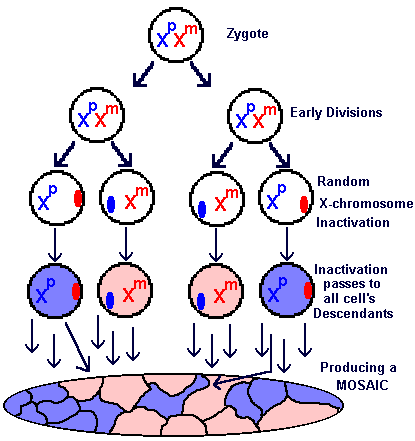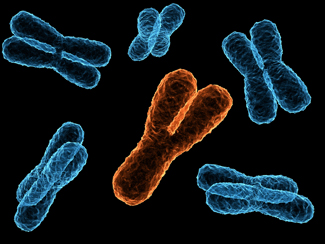A purine; a nitrogen-containing base in certain nucleotides. Base pairs with thymine in DNA.

bacteriophage
Category of viruses that infect bacterial cells.

cloning
Making a genetically identical copy of DNA or of an organism.

cytosine
Pyrimidine; one of the nitrogen-containing bases in nucleotides.

deoxyribonucleic acid (DNA)
Of cells and many viruses, the molecule of inheritance. H bonds join its two helically twisted nucleotide strands, one of which has instructions (in its base sequence) for synthesizing all of the enzymes and other proteins required to build and maintain cells.

DNA ligase
Enzyme that seals new base-pairings during DNA replication.

DNA polymerase
Enzyme of replication and repair that assembles a new strand of DNA on a parent DNA template.

DNA repair
Enzyme-mediated process that fixes small-scale alterations in a DNA strand by restoring the original base sequence.

DNA replication
Any process by which a cell duplicates its DNA molecules before dividing.

guanine
Nitrogen-containing base in one of four nucleotide monomers of DNA or RNA.

nucleotide
Small organic compound with deoxyribose (a five-carbon sugar), a nitrogenous base, and a phosphate group. Monomer for adenosine phosphates, nucleotide coenzymes, and nucleic acids.

thymine
A nitrogen-containing base; one of the nucleotides in DNA (not in RNA).

x-ray diffraction image
Pattern that forms on film exposed to x-rays that have been directed at a molecule; reveals positions of atoms, not the molecular structure.
anticodon
Series of three nucleotide bases in tRNA; can base-pair with an mRNA codon.
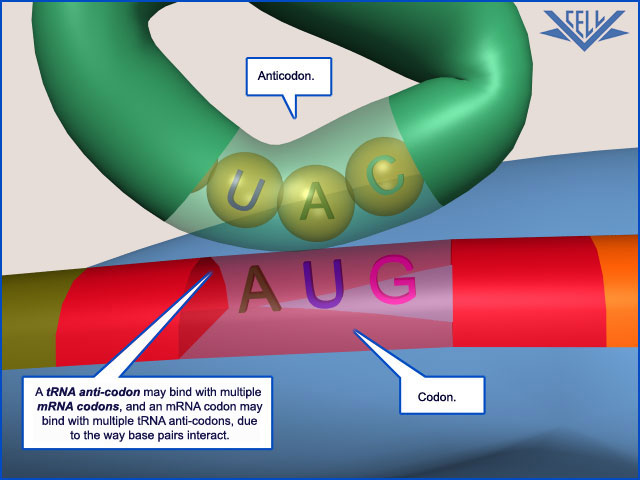
base sequence
Sequential order of bases in a DNA or RNA strand.

base-pair substitution
One amino acid has replaced another during protein synthesis.

carcinogen
Any substance or agent that can trigger cancer.

codon
One of 64 possible base triplets in an mRNA strand. A code word for an amino acid in a polypeptide chain; a few codons also act as START or STOP signals for translation.

deletion
At cytological level, loss of a segment from a chromosome. At molecular level, loss of one to a few base pairs from a DNA molecule.

exon
One of the base sequences of an mRNA transcript that will become translated.

gene mutation
A small-scale change in the nucleotide sequence of a DNA molecule.

genetic code
The correspondence between nucleotide triplets in DNA (then mRNA) and specific sequences of amino acids in a polypeptide chain; the basic language of protein synthesis in cells.

insertion
Insertion of one to a few bases into a DNA strand. Also, a movable attachment of muscle to bone.

intron
A noncoding portion of a pre-mRNA transcript; excised before translation.

ionizing radiation
High-energy wavelengths.

mRNA (messenger RNA)
A single strand of ribonucleotides transcribed from DNA, then translated into a polypeptide chain. The only RNA encoding protein-building instructions.

mutation rate
Of a gene locus, the probability that a spontaneous mutation will occur during or between DNA replication cycles.




